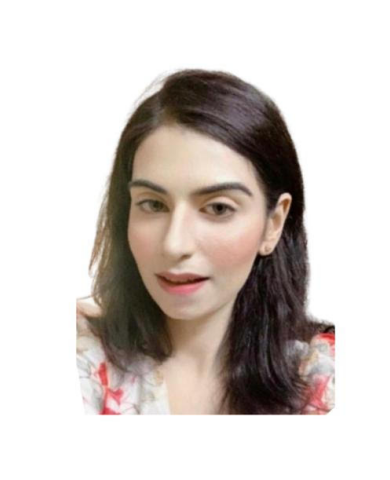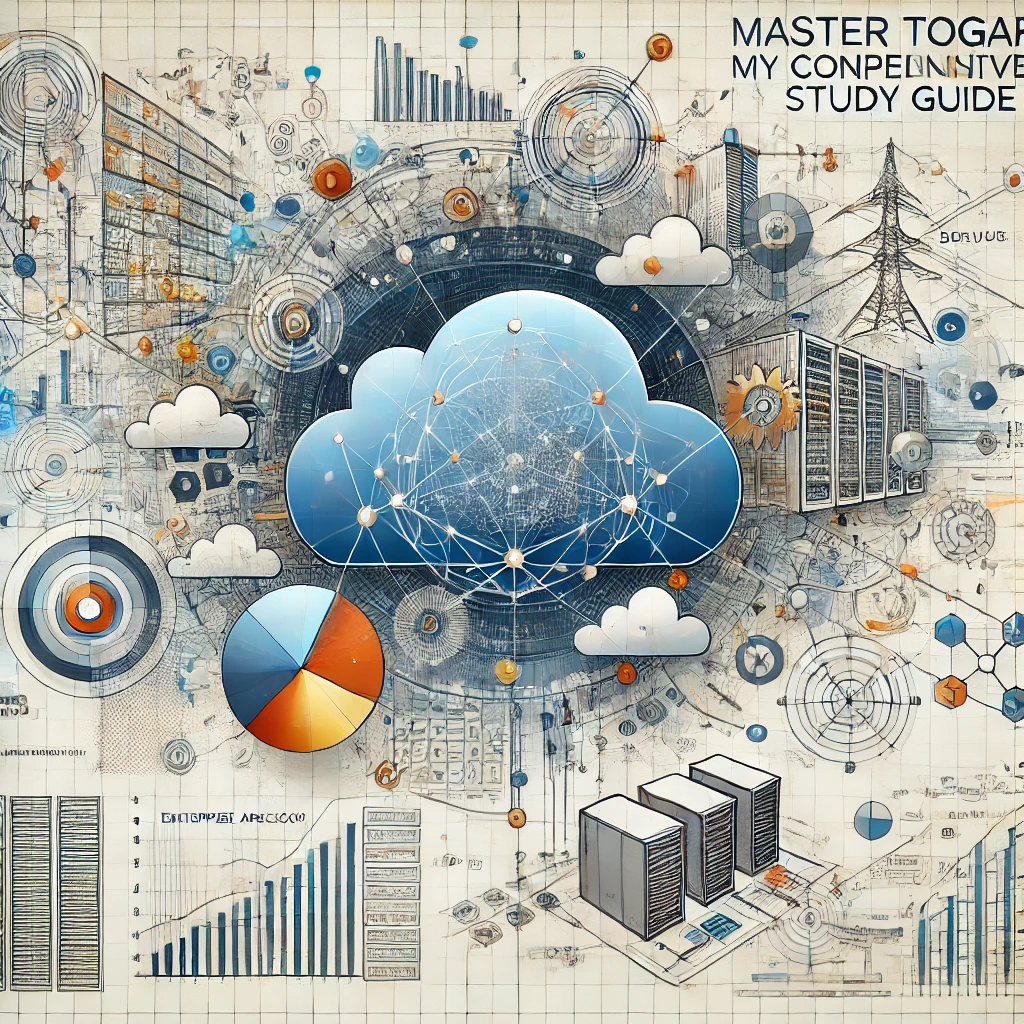Mastering Enterprise Architecture with TOGAF: A Comprehensive Guide - Part 1
 Tanishka Marrott
Tanishka Marrott
I've dedicated this article towards chronicling my entire journey into Enterprise Architecture - Specifically, the TOGAF Framework
--> Here, I document my learning, share some insights I find worth-while, more so from a practical standpoint. --> Plus, reflect on the concepts I feel are integral to mastering TOGAF.
Your insights and additions are most welcome! :)
Table of Contents
Setting the Stage
Why did I focus on Enterprise Architecture?
TOGAF Overview
How is TOGAF different from other Project Management Frameworks?
Key Objectives we're looking at
Setting the Stage
I feel it's crucial to first understand what we mean by Enterprise Architecture.
Enterprise, by itself, means a collection of organisations with some shared objectives. They might be diverse, yet they've got "some shared, unified goals"
There come's the second term :- Architecture. It's a structure of components and their inter-relationships. Plus, the principles and guidelines that'll govern the design/evolution of our architectures
Why did I focus on Enterprise Architecture?
EA is a very well-laid-out framework for aligning business goals and core processes with its tech infrastructure.
It incorporates coherence and efficiency into workflows, which is "super-critical for decision-making", and planning from a strategic standpoint.
Why?
Because it takes you all the way from designing, planning, implementing -- and governing enterprise analysis to support the business... (Governance is absolutely crucial here)
At the end of the day, it's about aligning technology with core business objectives. EA serves like a "holistic approach". We're not only maximising on our productivity metrics, but also becoming "adaptable" --> That's something much needed when you're trying to thrive in a evolving market 👍
Now that we're through with the intro, let's dive deeper into individual sections :)
TOGAF Overview
--> A well-structured framework for developing, managing & governing enterprise architecture.
How is TOGAF different from other Project Management Frameworks?
The TOGAF framework might be distinct from typical PM frameworks, yet they're complementary from an organisational standpoint.
Differentiator:- The Scope + The Strategic Alignment Aspects
With TOGAF , our prime focus would be only Enterprise Architecture. Core intent is that the tech infra "must be aligned" with business. Tech without Business alignment is similar to a train without an engine.
We'd need some core business goals in place, before setting up our technology solutions. It's more around designing, planning, implementing & governing EA.
PM frameworks are more geared towards the typical lifecycle processes "centred around the delivery of projects" --> Initiation, planning, monitoring, controlling, closing a project ---> within the scope & within the budget.
Making sure we're delivering quality within the timelines.
The framework components too are different --> ADM, Enterprise Continuum.
We'll discuss these subsequently, as we dive deeper.
Also, TOGAF's outputs include artifacts, building blocks, views (Something that describes the architecture) while typical PM frameworks' outputs are project-related documents
Summarising this real quick:- TOGAF is for long-term strategic planning, and IT alignment with the business. PM Frameworks deal with the "tactical" elements of Individual Project Executions.
Key Objectives we're looking at:-
TOGAF aligns IT strategy with business goals.
It improves process efficiency and optimizes resource usage.
Establishes a common foundational understanding for tech and non-tech stakeholders.
Sets governance structures to oversee implementations and ensure regulatory compliance.
Can be adapted to specific organizational needs.
Ensures well-managed plans and roadmaps for transitions.
Evaluates the risk associated with IT investments, assessing feasibility and guiding decision-making.
Four Main Domains within EA as defined by TOGAF
1 --> Business Architecture:-
Purpose:- Aligning business processes and structures with the overarching strategic goals
Components:- Business processes, Org Structure, KPIs and Goals 📌
My Personal Insights :- It's absolutely important that all of our critical business process are in sync with the Strategic objectives. Strategy should drive Technology, not vice-versa
2 --> Data Architecture:-
Purpose:- Describes our model --> For managing data and assets, we're striving to ensure it's accessible, clean and accurate
Components:- Data Models, Flow diagrams, Governance policies, Data storage and retrieval systems
My Personal Insights :- You need to have some solid Data Governance policies, plus an efficient Data Management and Utilisation. This would make sure we've got the correct "Drivers" for Strategic Planning and Decision-Making 👍
3 --> Application Architecture:-
Purpose:- Provides a blueprint for individual application systems; how they'd be deployed; integrations / interoperability --> Their relationships with Core Business Processes
Components:- Application components, their interfaces, services
My Personal Insights:- We need to design application architectures, that're not only meeting the current business requirements, but are also "scalable" to cater to future growth. This means a very "smooth integration/ interoperability"
4 --> Technology Architecture:-
Purpose:- This revolves around defining the infrastructure that would be needed to sustain/ support the applications we deploy.
Components:- Software, servers, hardware, networking
My personal Insights:- The way we've ensured smooth integration of applications to propel future growth, there must be a solid, robust infrastructure to not only support present-day demands, but scale up without becoming a bottleneck. Means it should have the right mix of components:- servers, networking aspects, software, in a way that its resilient to support critical functions
That's it for today! Please stay tuned for the next part, wherein we'd dive deep into ADM and it's phases
Feel free to connect with me on LinkedIn and check out my GitHub repository for more resources and insights.
Stay tuned for more in-depth articles and case studies on enterprise architecture and cloud computing!
Subscribe to my newsletter
Read articles from Tanishka Marrott directly inside your inbox. Subscribe to the newsletter, and don't miss out.
Written by

Tanishka Marrott
Tanishka Marrott
I'm a results-oriented cloud architect passionate about designing resilient cloud solutions. I specialize in building scalable architectures that meet business needs and are agile. With a strong focus on scalability, performance, and security, I ensure solutions are adaptable. My DevSecOps foundation allows me to embed security into CI/CD pipelines, optimizing deployments for security and efficiency. At Quantiphi, I led security initiatives, boosting compliance from 65% to 90%. Expertise in data engineering, system design, serverless solutions, and real-time data analytics drives my enthusiasm for transforming ideas into impactful solutions. I'm dedicated to refining cloud infrastructures and continuously improving designs. If our goals align, feel free to message me. I'd be happy to connect!